Demand for Volkswagen Buses is soaring
The Vee Dub, the Westie, the Splittie, and the Bay. An entire vocabulary has evolved around one of the most famous vehicles on the planet: the Volkswagen Type 2. Even its common name varies, depending on where you live. In its homeland of Germany, it’s the Bulli. Elsewhere, it’s the Bus, the Kombi, or the Transporter.
The origin story of this vehicle-of-many-faces is now part of automotive folklore. Dutchman Ben Pon visited the Volkswagen factory in 1946, keen to import a batch of VW’s Type 1 (now known as the Beetle pretty much everywhere). There, he saw a flatbed work vehicle based on the compact car’s chassis, and he sketched an idea for a utility vehicle. In a postwar market desperate for rugged, cheap commercial vehicles whose basic design could be easily adapted into a cargo truck, a minibus, an ambulance, and more, the Type 2 took off.
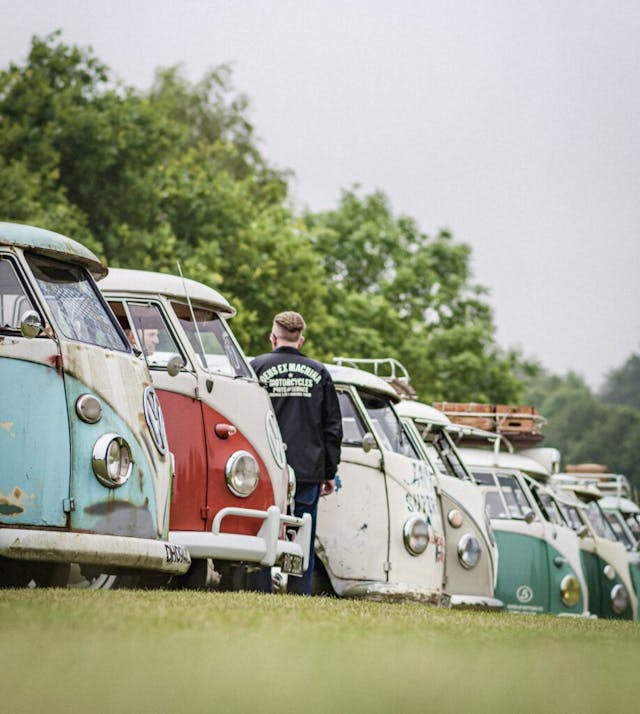
But for many, the identity most associated with the Type 2 is that of the camper. In 1950, with the Western economies starting on their long road to postwar recovery, and with families demanding cheap ways to fill leisure time, Volkswagen commissioned the Westfalia-Werke coachbuilding company to create a camper-van conversion. The first examples were delivered in 1951, and, although the base model has changed a number of times since, they are still being produced today.
For such a tiny vehicle, Westfalia managed to pack in a huge amount of utility. Fold-down double beds, a hammock over the front seats, diesel-powered night heaters, and sink units were all offered, but it was the famous “pop top” that instantly marked a camper from the lowly panel vans. This not only provided headroom when the vehicle was parked, but with the addition of a folding bed (that today resembles a medieval torture device) it offered another berth. Soon, other conversion companies put their own take on the camper van, with concertina and side-hinged roofs, gas cookers, and electric hookups.
Today, the VW camper vans remain hugely popular, especially with families. Analysis of Hagerty’s quotes show that all variants of the classic Type 2 are a hit with Generation X, those born between 1965 and 1980, with a huge percent of quotes (52) for the Split-Screen Bus coming from this demographic, compared with a 32 percent average across all Hagerty-insured vehicles. Overall, around 70 percent of quotes for all Type 2s are from people born since 1965, one of the youngest ownership demographics of all cars Hagerty covers worldwide.
Values are rising, too. The average insured value of the Type 2, across all generations, has climbed 32.6 percent over the last five years, and quoted values have soared in the last 12 months.
A quick look at #3 condition (that is to say good, driver-condition) Type 2s in the Hagerty Price Guide shows that the 1980–2002 T25 generation is still quite affordable, while the second-generation, 1968–79 Bay Window models can be had in the mid-$20,000 range. First-generation Split-Screens have taken off and are now pushing $50,000.
So, why does the Type 2 have such an enduring legacy? There’s certainly a coolness factor involved, but it’s combined with a big helping of practicality and economics. This van is one of the very few classic vehicles that is still regularly carrying out the role for which it was designed, decades after it was built.
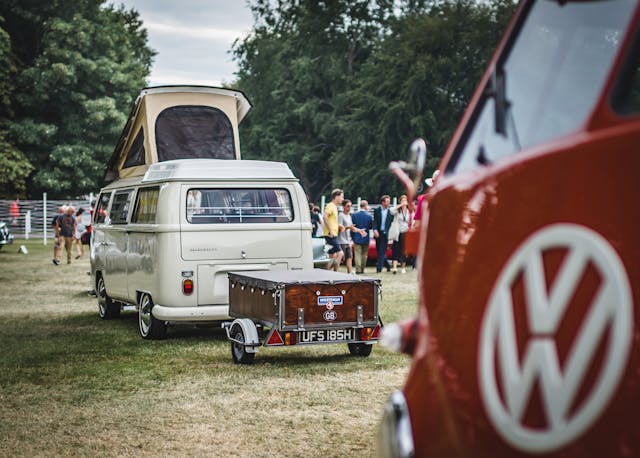
A Type 2 is also a fantastic family classic, which may explain why Gen X, those most likely to have pre-teen/teenage kids, feature so heavily in our ownership statistics. These VWs remain a very affordable way to have a classic vehicle and take your family on vacation in the summer months. As such, they tend to retain or increase their value.
But at the end of the day, it’s the enduring ethos of VW’s Type 2 that makes them so phenomenally popular. Drive a VW Bus, with its big steering wheel in front of you and its air-cooled engine puttering along behind, and you can’t help but smile. Owning a Vee Dub is like an anti-status symbol; it says that you have relaxed, that you’ve put the demands of the corporate world behind you, even if you have to head back to the screen on Monday. Plus, as our demographics show, this is one of the rare vehicles where that sense of cool seems to endure through the generations and, if anything, is actually increasing.
I’ll put money on the table that in 50 years, there will still be Split-Screen Buses pootling along our roads, whether powered by flat-four engines, hydrogen cells, or flux capacitors. And people will still want them.
***
Check out the Hagerty Media homepage so you don’t miss a single story, or better yet, bookmark it. To get our best stories delivered right to your inbox, subscribe to our newsletters.

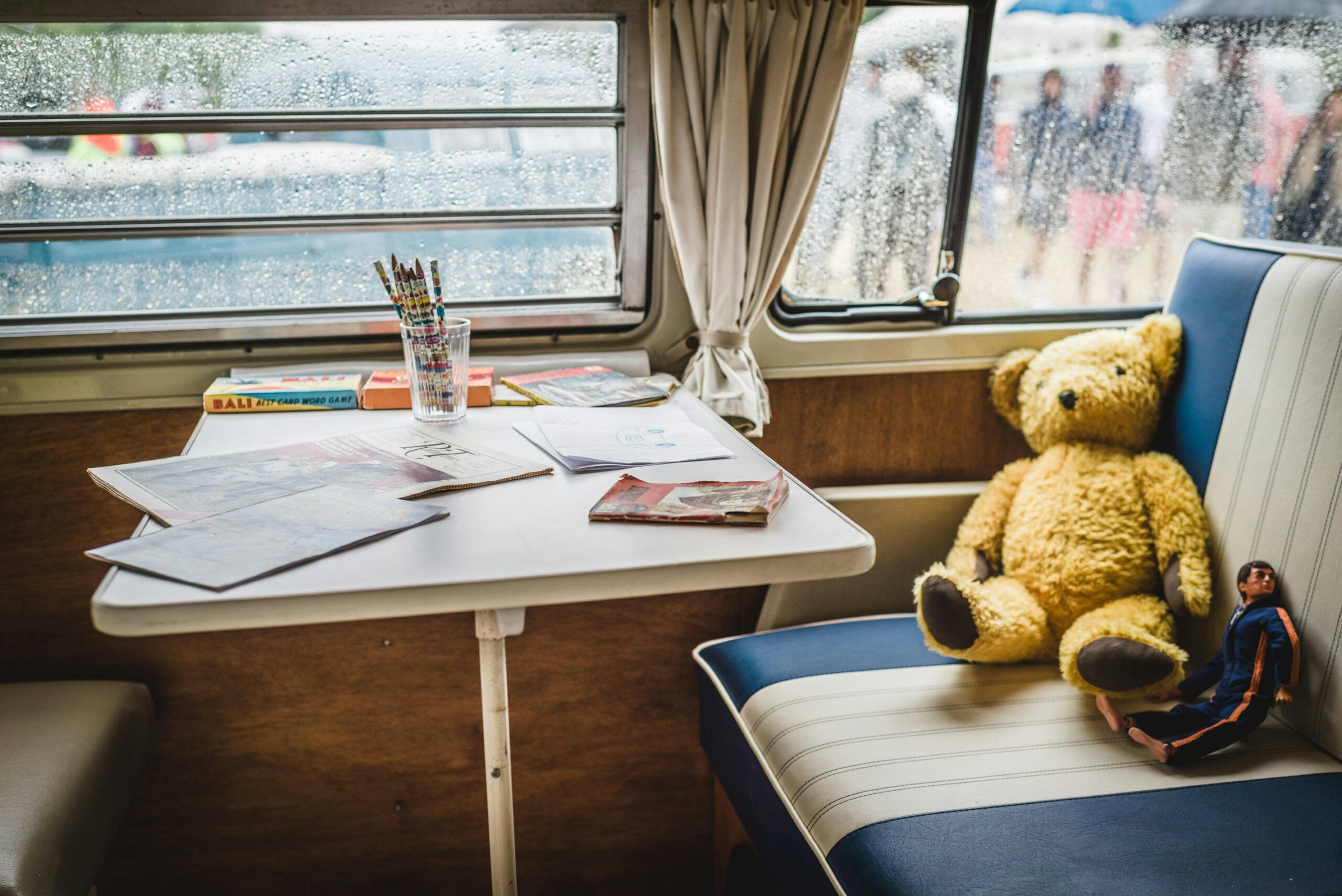
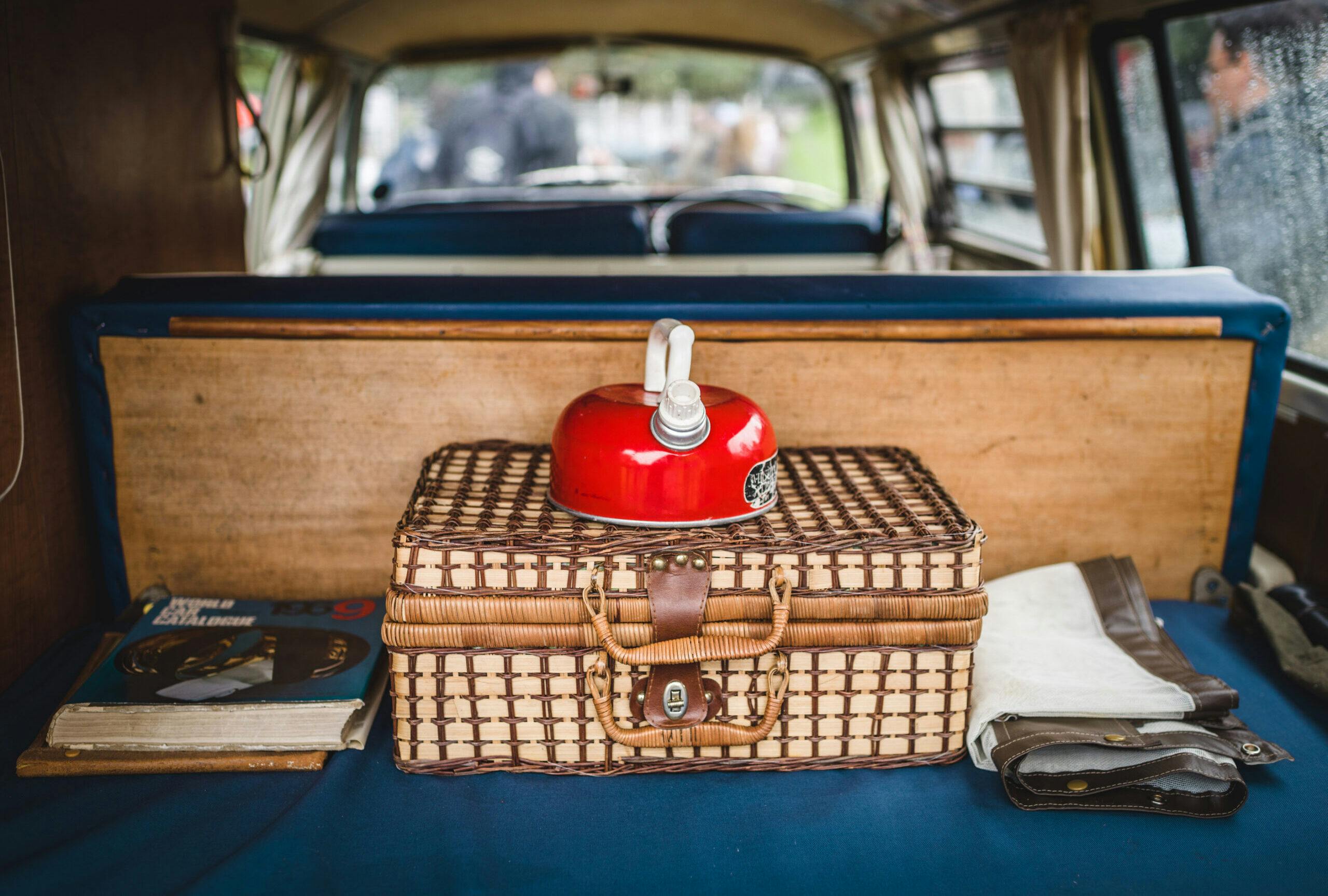
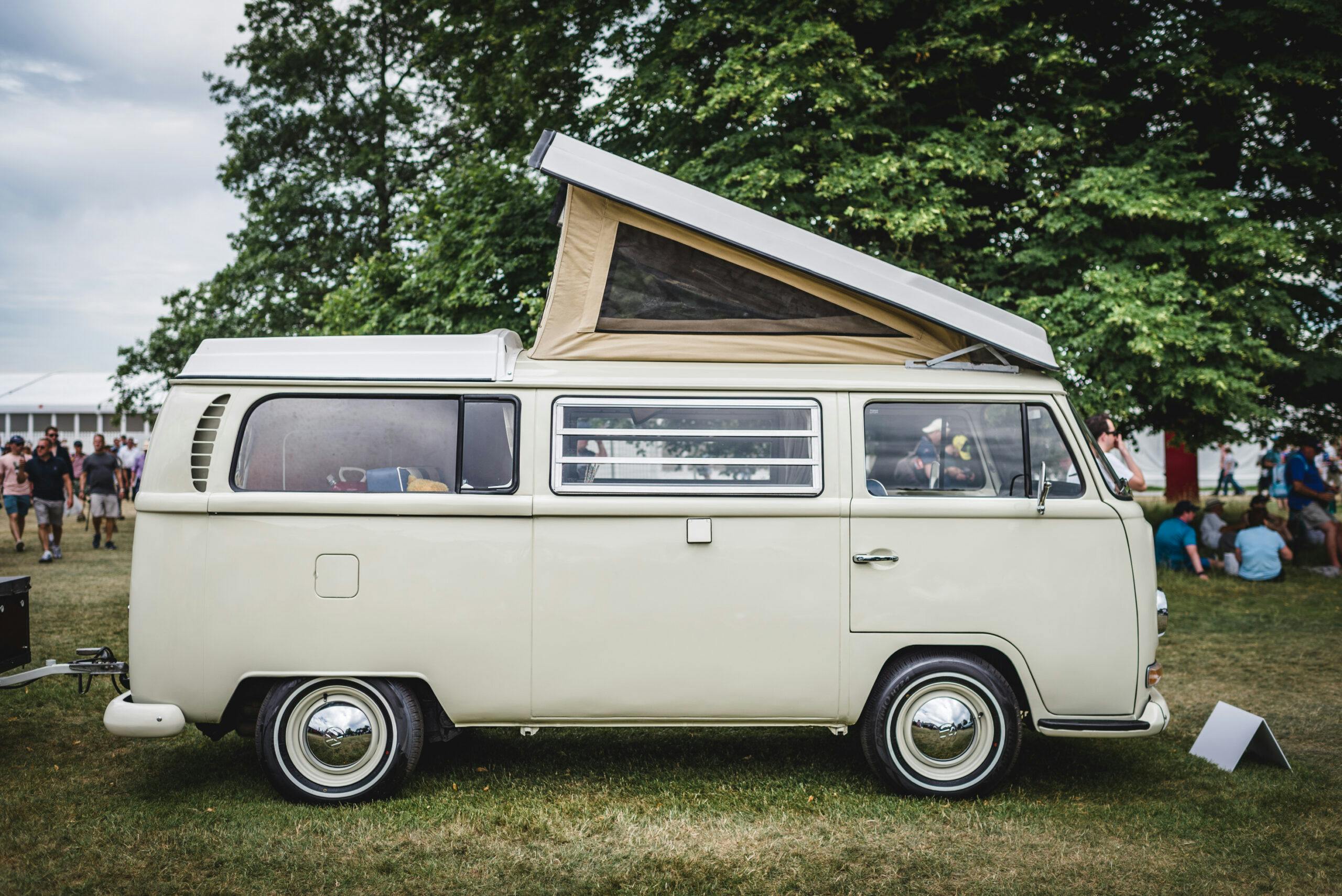
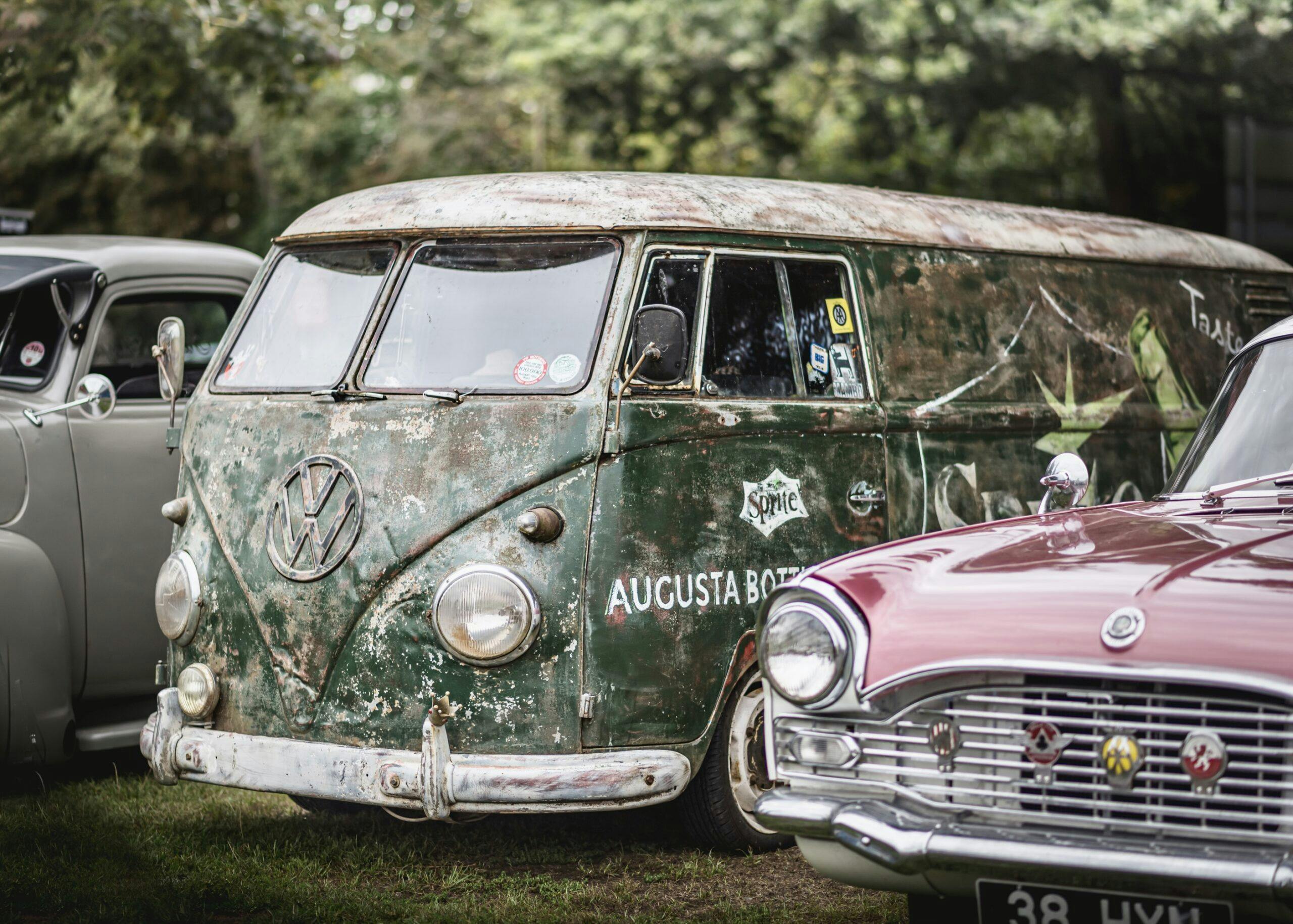
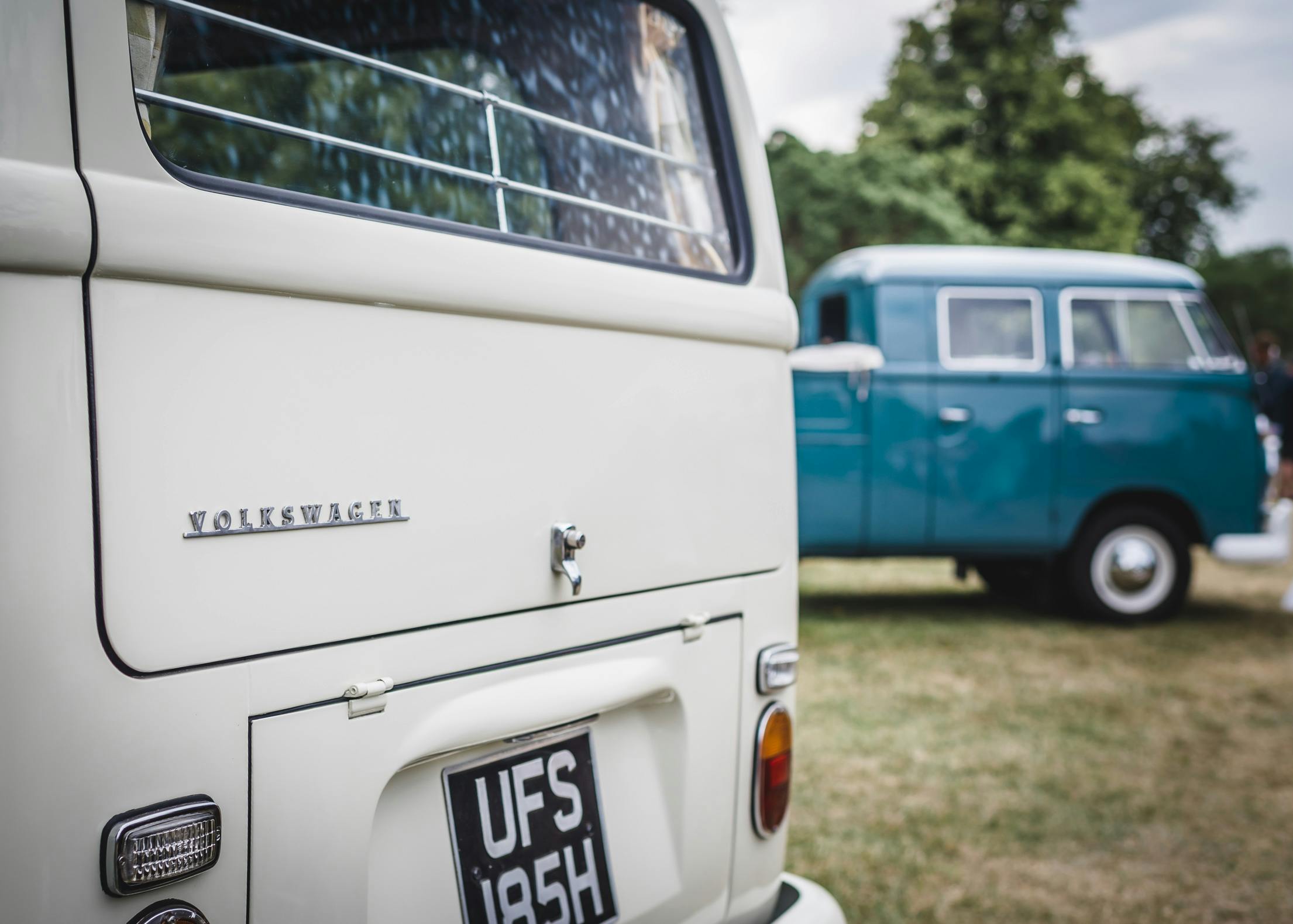

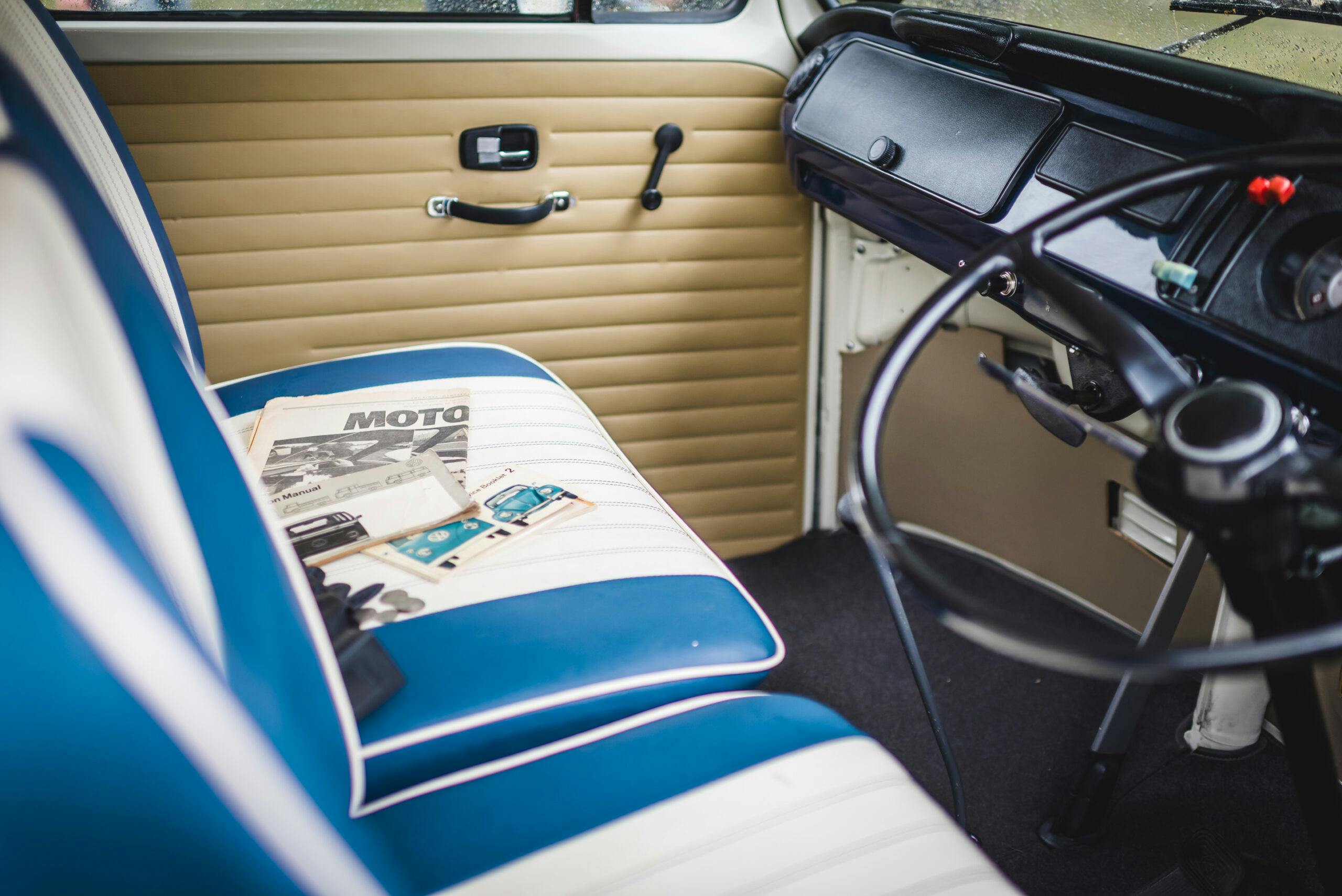
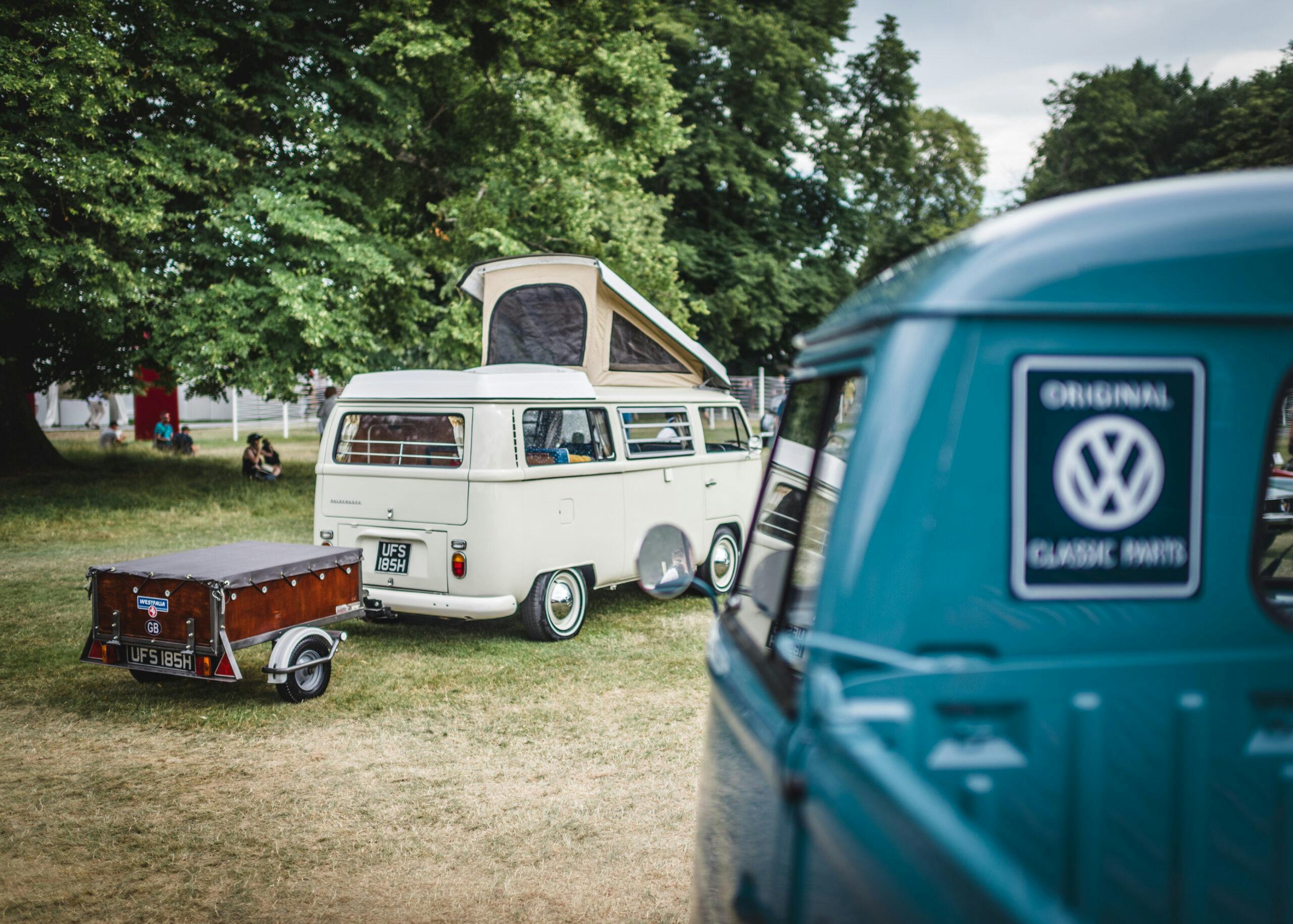
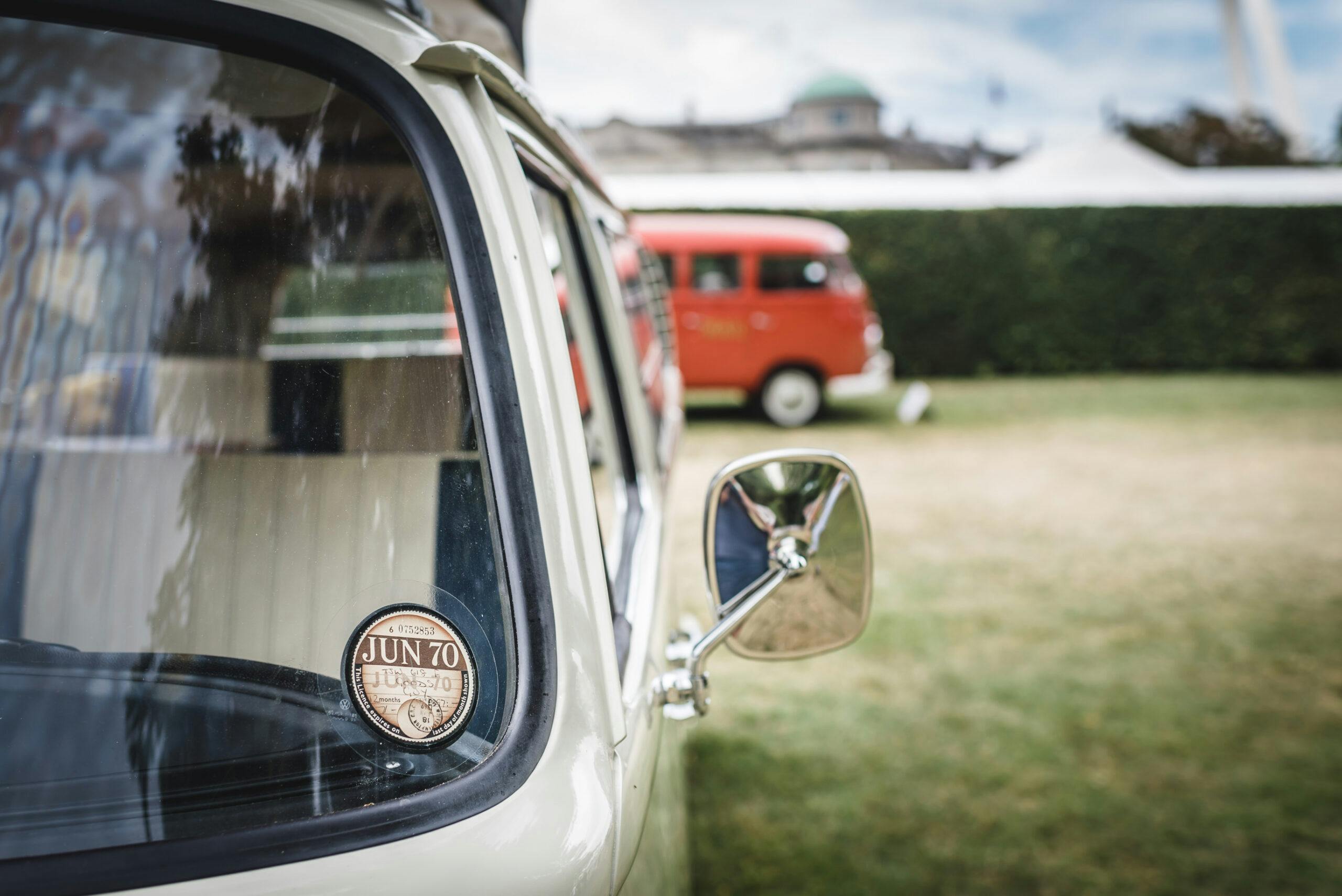
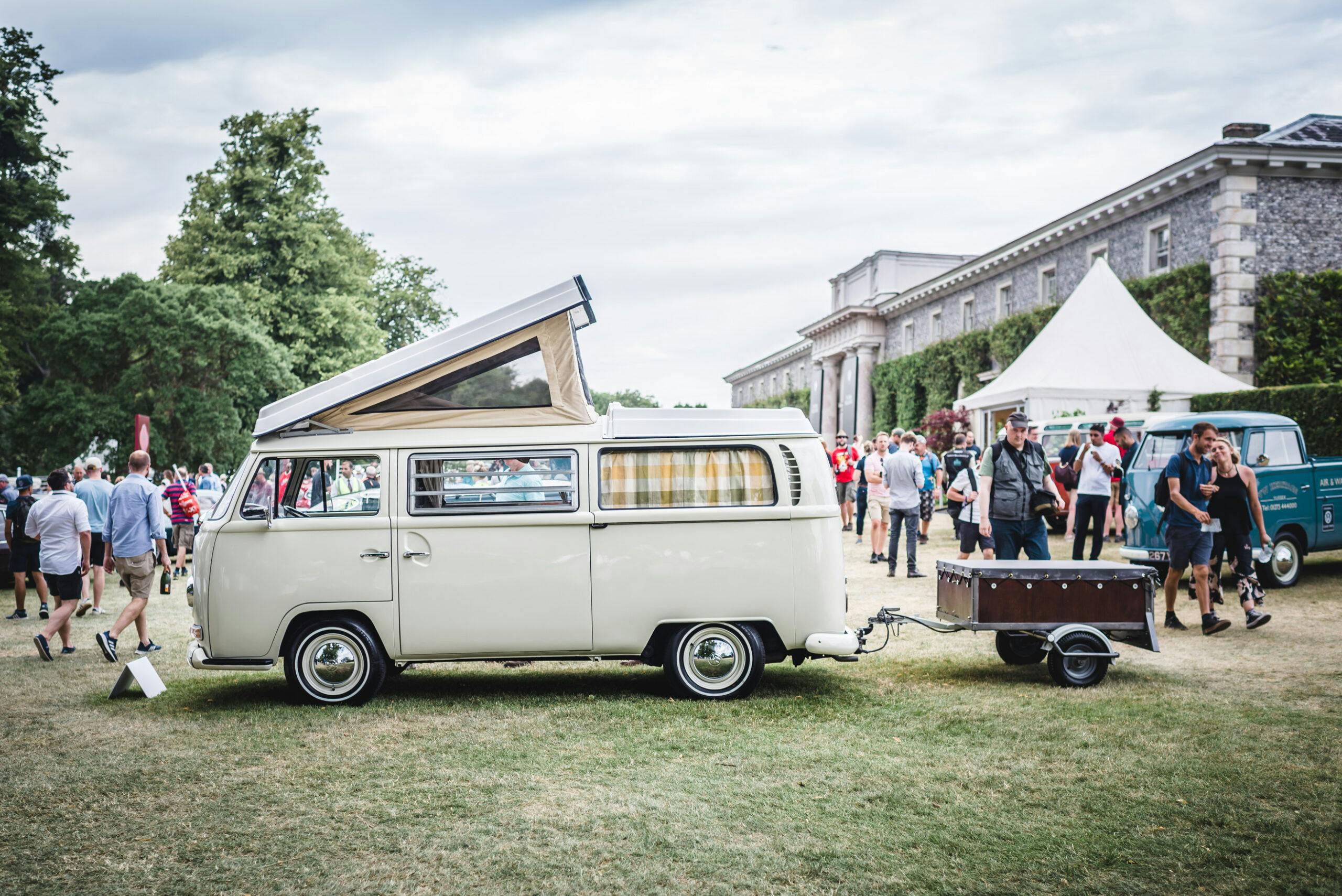


In 1977 I bought a 1968 bay window VW Van. I had just graduated from University and did not have a lot of money, so it took me about a year to customize it for camping. I spent the next 4 years travelling across Canada (several times) as well as the US. Sure, there were valve replacements in Edmonton Alberta, Blake lines in Thunder Bay Ontario and the accelerator cable in Oregon….but what a time of life. I sold it when I went back to school, and I have regretted it ever since. However, as luck would have it 2 years ago, I made a rare find of a 1969 red and white bay window model. One of those stories where it was in a barn in British Columbia for 25 years, and had 30,000 original miles. Thanks to Rich Vane at Redline Auto in Burlington, it is running amazing, and I drive it only in the summers. Our 5 boys love it! I plan to take it west to the mountains with my wife in the next year!
I own two split campers a vanagon weekender and a 95 t4 TDi Syncro camper. Love them all.
This is gonna hurt a little bit. My Dad had a restaurant ( Chinese food) and he experimented with providing delivered meals, transported to customers homes via our VW van, a fun vehicle to drive! We drove that van for years and then traded it in for something newer ( can’t recall what..could have been a CX 5.) Because it was a delivery vehicle it was treated as an appliance ,ie not abused but not very appreciated very much. Who knew what would become of that vehicle..!!
Lots of great memories of camping with kids all over the west. Still love my 1987 VW Synchro camper but need to find someone in Southern Calif. to get rid of the mold which is now growing on the inside of the pop up top and replace the rubber around windows and give it a good new paint job. Hard to find competent, not break the bank company in the area; I live in San Diego but willing to drive couple of hundred miles. Great to insure with Hagerty since my regular insurance company said it was too old and worthless to insure! HA,ha
Fine, if one does not value one’s own legs. “First on the scene of the accident”, as many say.
I owned three Beetles, and they were slow enough, although around town, they were peppy. These vans would be about as slow as a dead horse.